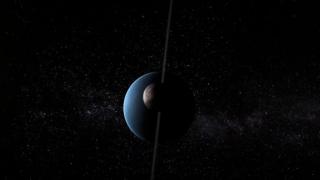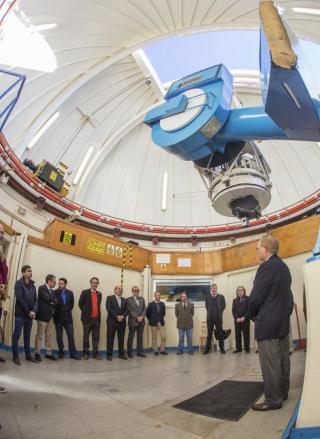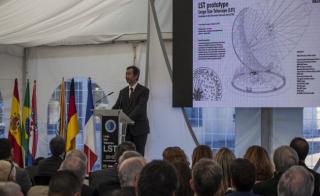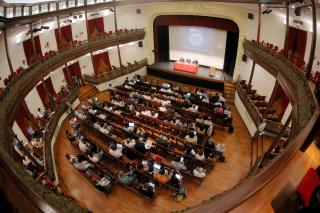
La película, para su proyección en cúpulas y planetarios, ha sido producida por el CETA-CIEMAT, IAC y Eurocosmos como resultado de un proyecto de divulgación científica financiado por la FECYT. “El Mundo Anillo. Viaje a un exoplaneta” pretende despertar la curiosidad del público y que éste pueda entender las condiciones que deben darse para la existencia de agua líquida y de vida orgánica en otros planetas. La película será distribuida gratuitamente entre aquellos planetarios y asociaciones astronómicas de España y América Latina que lo soliciten.
Advertised on



